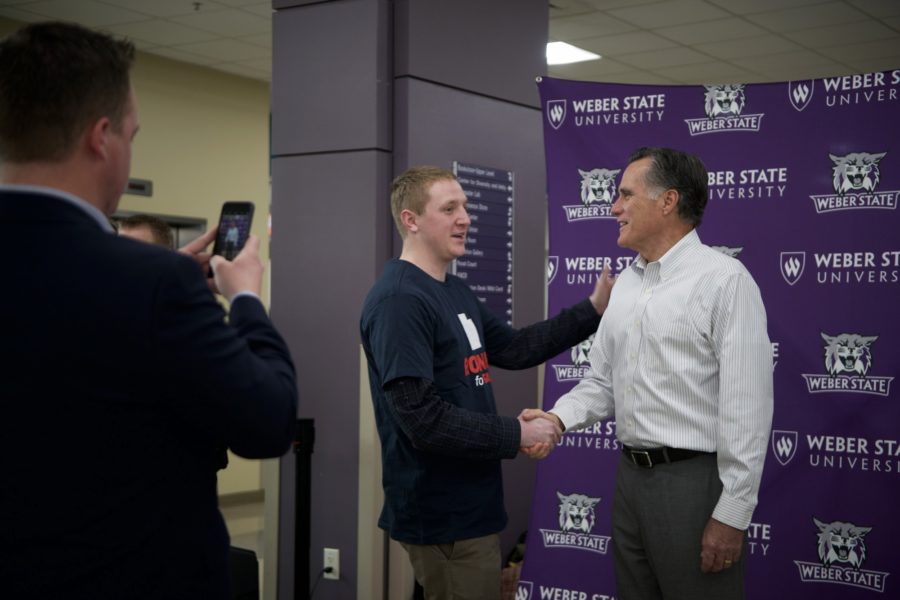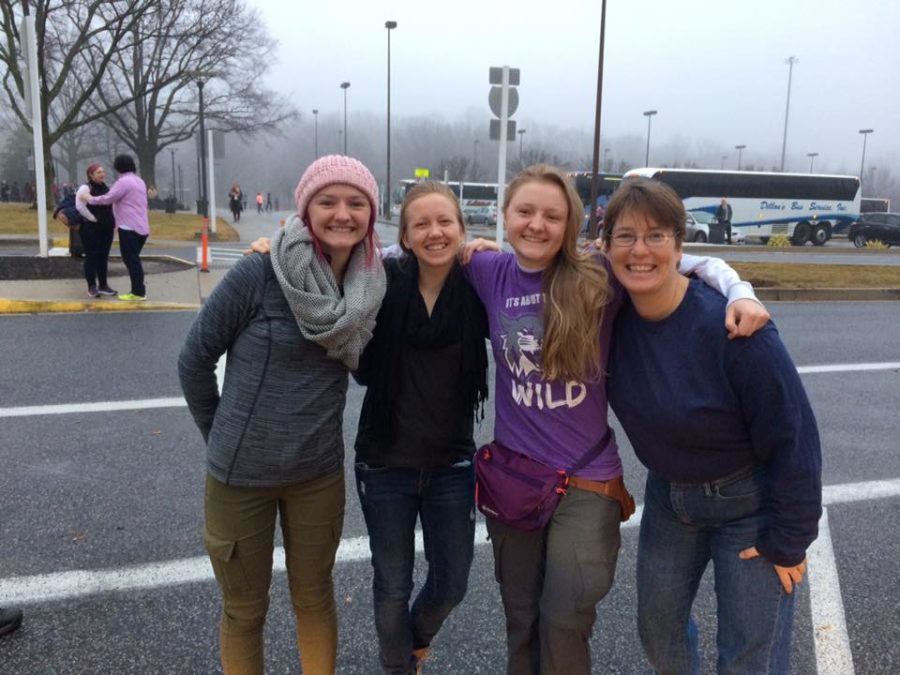
Children in the Weber School District have the opportunity to experience learning earth science with hands-on material, thanks to a group of geoscience students who donated rock boxes to the surrounding elementary school.
National honor society Sigma Gamma Epsilon recently made 100 rock boxes for the Weber School District to use in teaching elementary students about different types of rock found in Utah.
“To practice academic excellence, we always try to do a big outreach thing every year,” said Sara Yearsley, co-director of the rock box project, “and we decided we were going to go ahead and do rock boxes for students.”
SGE decided to donate them to the Weber School District, also considering Ogden and Davis, because members felt their impact would be more far-reaching. Yearsley said they felt they could reach more teachers and students if they picked the Weber School District. She said they also decided to do this because it they thought it would help teach children in a more hands-on and educational way that they would remember.
“The 11 rocks come from Utah core curriculum,” Yearsley said. “That’s what they specify we have to teach by. Fourth-grade elementary teachers, they don’t have the content information we have.”
The volunteers and members assembled the boxes with material procured by other volunteers. Yearsley said the volunteers and members of SGE put in more than 220 hours’ worth of work to make this project happen, “just through field trips and students going and picking up specimens for us within Utah,” Yearsley said. “We tried to keep it just to Utah. They would bring those specimens back to us and we would assemble them.”
Julie Taylor, the new president of SGE this semester, was also heavily involved in the rock box project.
“I did a lot of the manual labor,” Taylor said. “So I broke up rocks, cut rocks on the rock saw, numbered the rocks, painted the rocks.”
Taylor was also in charge of the volunteers. Yearsley said Taylor was always there for volunteers asking what they could do to help.
Other members wrote the lesson plan and rock identification chart, which the overseeing professors then approved.
Richard Ford, adviser for SGE, said his role in the project was mostly just to be supportive.
“I basically got out of their way,” Ford said, “and tried to support them.”
Ford said the students themselves came up with the idea and followed through. He said SGE asked how it could help the surrounding schools teach geology, and this is what the members came up with.
“As an honor society, one of the goals is to prepare students for their careers,” Ford said, “and professionals do service.”
Ford said SGE used geoscience professor James Wilson’s expertise in rocks to make sure its information was accurate. He said Wilson was very involved in the project as well.
Yearsley said the project had been in progress for about a year and started with a simple request from a teacher for samples of rocks. She said they had enough samples for one teacher, but, in order to do 100 boxes, they were going to need some help.
Taylor said she isn’t sure whether or not SGE will decide to do this project again for other school districts.
Both Yearsley and Taylor admitted to involving family and friends in the project when they needed the help, especially when it came to a troubling piece of basalt.
Even after the long hours spent, Yearsley said, she still remembers why they did it all.
“We as a geology club wanted to step up,” Yearsley said, “and provide them something more.”
















